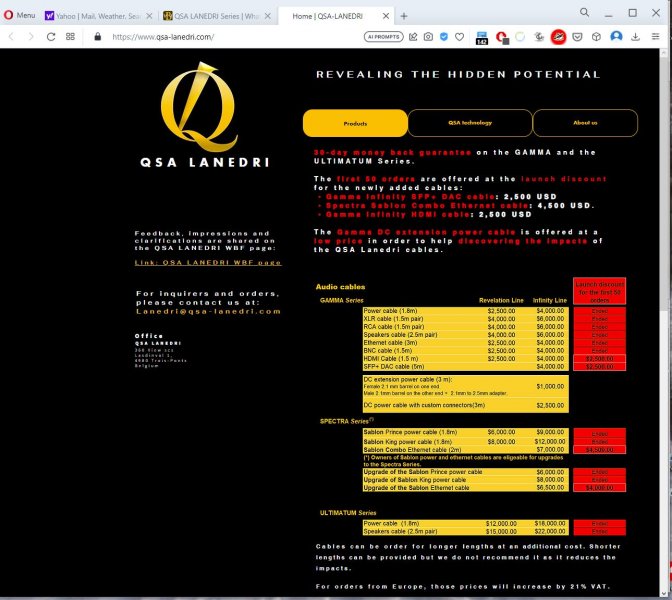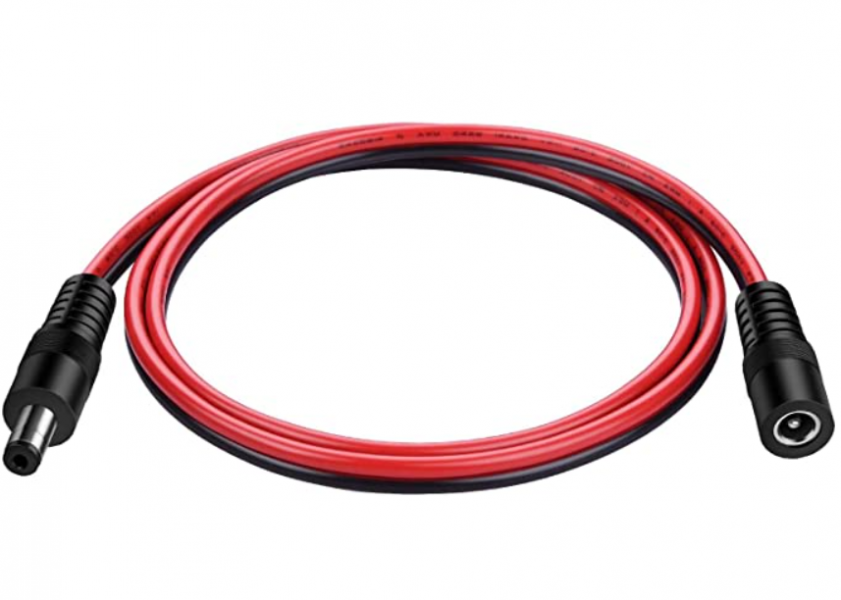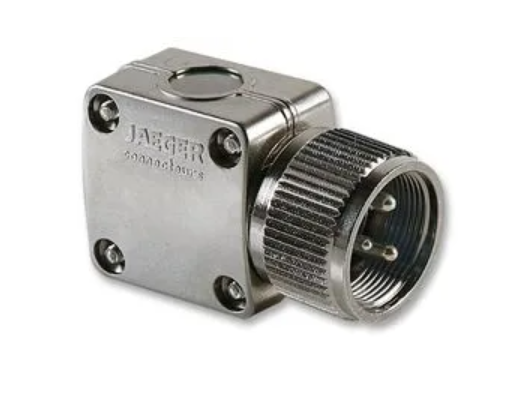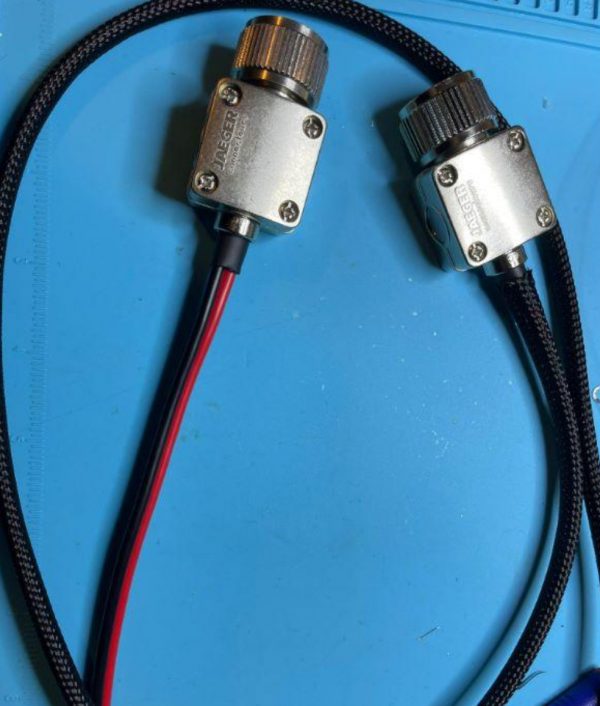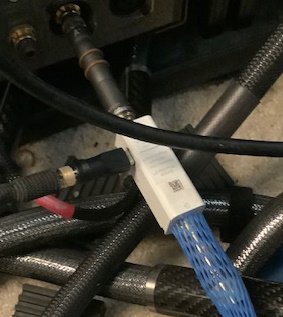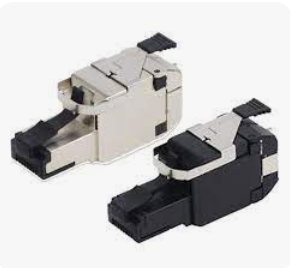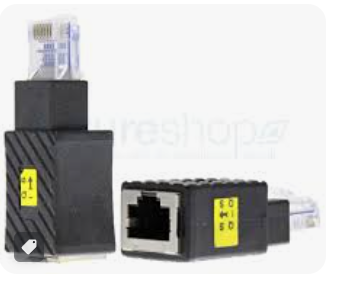R&D Update #1
As those of you who have read my previous posts on this thread know, at one point, I had an inexpensive $200 NVIDIA Shield TV Pro performing roughly on par with my much more expensive Taiko Extreme music server, a server that thus far had been the finest music server I had heard in my listening room. As incredulous as that might sound, I had several audiophile colleagues over and when subjected to blind listening tests, none could discern a noticeable difference between the two. Because I know my system best, I could hear a difference but it was a difference worth perhaps $1-2k but not $30k. This was both surprising and troubling but with time, I have figured out why. The Extreme has its kryptonite and here are 2 of them.
1) The network is far more harmful than anyone realized to any audio or video component connected to it and once properly addressed, even entry level streamers can sound exceptional. By now, with all the aftermarket audiophile network gear available on the market, this statement shouldn't be surprising to anyone but what QSA has exposed is just how harmful conductors in the network path can be. More on this later.
2) The Extreme craves current. Not in the same way that my power-hungry monoblock amplifiers crave current as my Extreme barely consumes 70 watts during playback but it craves low impedance current much more than my monoblocks do. Of all my audio gear, the Extreme scales the greatest when fed low impedance current. How does this manifest? Dynamics. Speed. Agility. Control. Responsiveness. These are the hallmarks that to my ears, separate the Extreme from anything else. The network has the potential to affect these things (as evidenced by the disastrous Roon update in 2020 that brought my Extreme to its knees) but inadequate power delivery can, too. It can seriously choke the Extreme. I have 6awg wire in my walls from my panel to my listening room. I installed them for the benefit of my monoblocks but today, I believe they benefit my Extreme more.
Back when I was doing all of this comparison testing between the NVIDIA and the Extreme, both devices were utilizing QSA-Lanedri Gamma LAN cables and both devices benefited greatly. While the Extreme was still very much the belle of the ball, the Gamma LAN cable had now allowed the NVIDIA entry into the same ballroom. The NVIDIA's stock SMPS had been replaced by a Paul Hynes SR4T LPSU which housed a QSA Silver fuse and was connected to a QSA Silver wall outlet via a Gamma Infinity power cord. The NVIDIA was connected to an outboard HD Fury Vertex 2 Dolby Vision device via a Gamma Infinity HDMI cable which then fed my dCS Vivaldi Apex DAC a 2-channel audio feed via Toslink. The cumulative impact of all of this QSA attention to this $200 device was simply huge. It had become dynamic as hell. Very fast, agile, responsive, and controlled.
The Extreme also housed a QSA Silver fuse and at the time, was connected to my Sound Application TT-7 line conditioner via a Q-L Spectra Infinity (6awg) power cable. The TT-7 line conditioner internally utilizes 10awg wire and this is as big a wire as most line conditioners use today. From the TT-7 to another QSA Silver wall outlet, I was using a 10awg Gamma Infinity power cord. Why was I using a 10awg power cord to feed this line conditioner? Because my 6awg Sablon Prince had been shipped to Hong Kong to get treated and this took awhile.
My newly treated 6awg Sablon Prince eventually found its way back to me and with it powering my line conditioner, thankfully, order was restored and while this much bigger gauge power cable and it's humongous Bocchino connector benefited the dCS Vivaldi Apex DAC greatly, it more hugely benefited the Extreme. Those of you using small gauge power conductor in your Extreme's path are in for a surprise. The Extreme is capable of so much more performance than what you're hearing.
This led me to wonder about how limiting my TT-7 line conditioner was. My wall outlets were QSA-treated but the outlets in the TT-7 were not. Furthermore, all the wire from my panel to the TT-7 and from the TT-7 to the Extreme were 6awg while the TT-7 utilized 10awg internally. Certainly, this was a choke hold, too. Beginning last year, with the help of
@nenon, we put together this prototype power distributor.
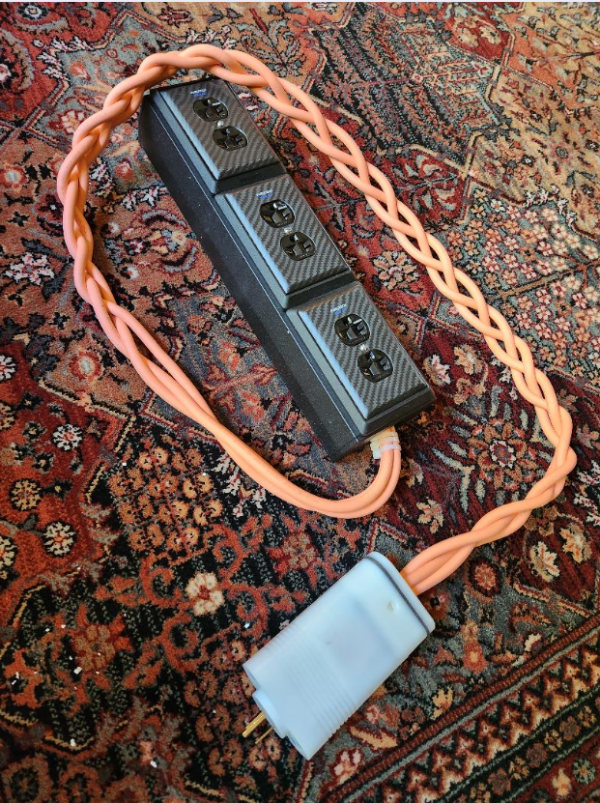
It began life as a Furutech GTO-D3-NCF power distributor but we gutted it and essentially used just the chassis which I liked because the outlets are oriented in a way where I could plug in 6 giant Bocchino wall plugs into them if so desired. The Furutech outlets were replaced with QSA Silver outlets. A 6awg power cable with a giant Bocchino wall plug was then directly wired into the first outlet (no IEC was used). Obviously, the Bocchino and power cable were treated.
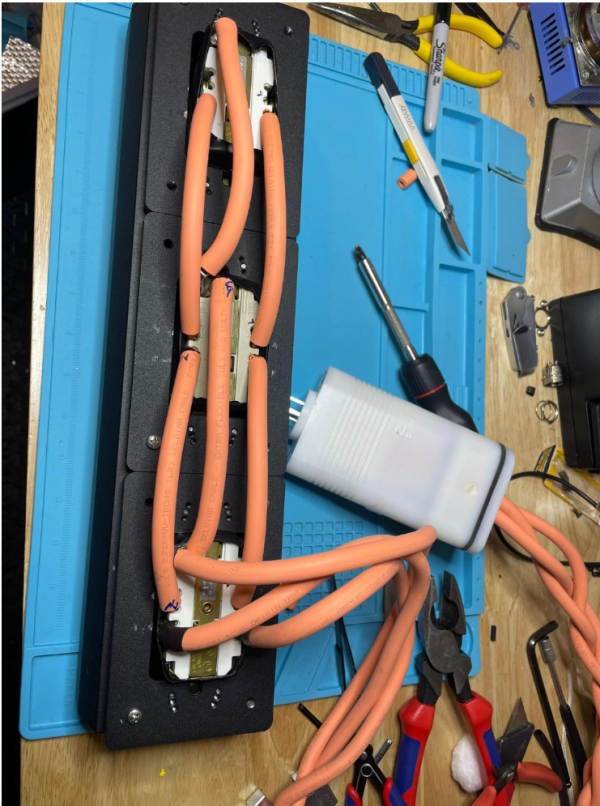
The outlets were wired internally with the same treated 6awg wire as well. While we have already found a way to improve the design of this line distributor with even bigger and better 4awg wire, the impact of plugging the Extreme into a device like this is beyond huge.
The gap between the Extreme and the NVIDIA is now laughable. There really is no comparison. Because this device freed up my treated Sablon Prince PC, I tried it on the NVIDIA and not surprisingly, it significantly improves the NVIDIA but it does not scale to large gauge like the Extreme does.
 www.whatsbestforum.com
www.whatsbestforum.com

 www.whatsbestforum.com
www.whatsbestforum.com
 www.qsa-lanedri.com
www.qsa-lanedri.com
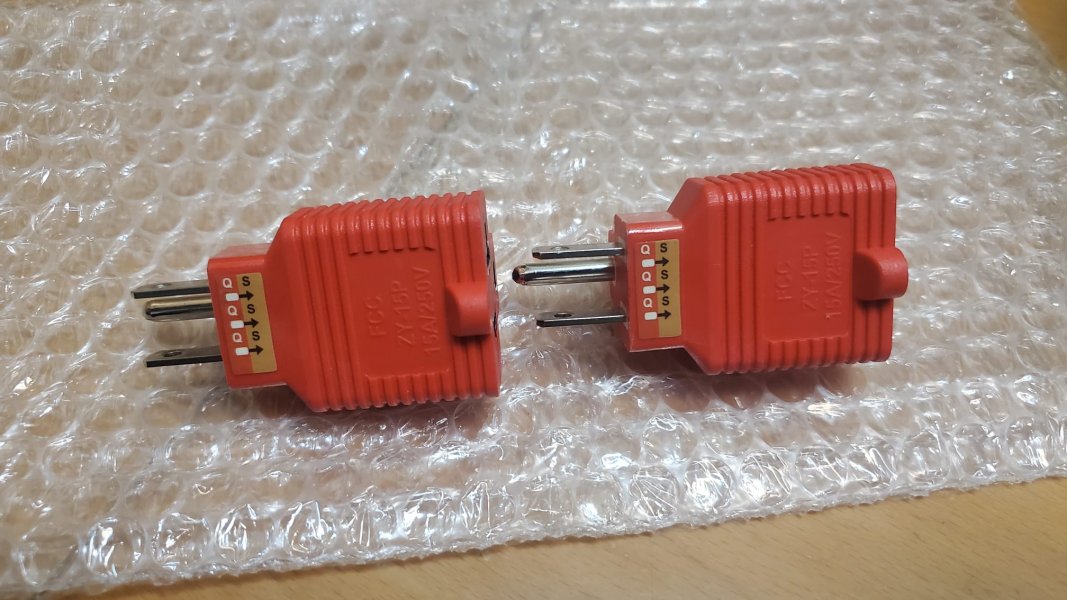
 www.qsa-lanedri.com
www.qsa-lanedri.com




